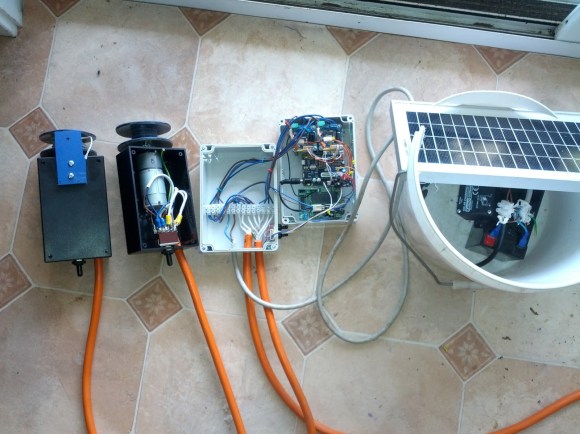
Anyone who’s traveled the grounds of a cattle ranch will tell you there’s a lot of stopping to open and close gates. But this project is aimed at letting you operate the gate from the comfort of your vehicle. It uses a spool of wire as the gate, lowering it for vehicle access with the use of a remote control.
The base station uses a solar panel to keep the battery topped off. But if you’re not frequently using the system it shouldn’t take much electricity at all. An Arduino board listens for the signal from the remote control. It then unspools the wire until it lays flat across the ground and can be driven over. Once the car has passed another click of the remote raises the gate back into position. There’s even a version that uses two gates which make up a cattle corridor.
We were thinking that it would be easy enough for the cows to push right through this. But after seeing the clip after the break it’s obvious they like to follow the rules.


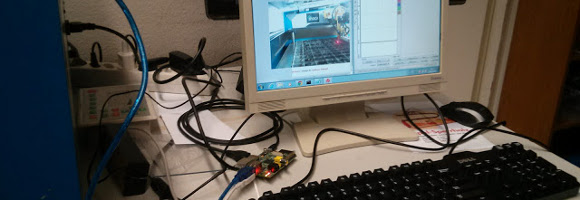
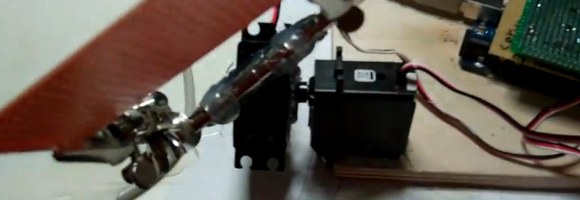
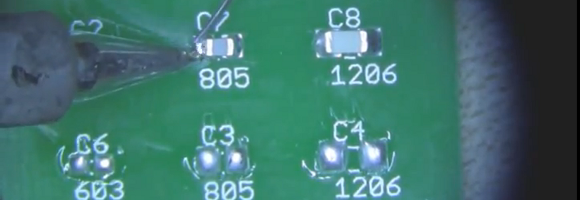
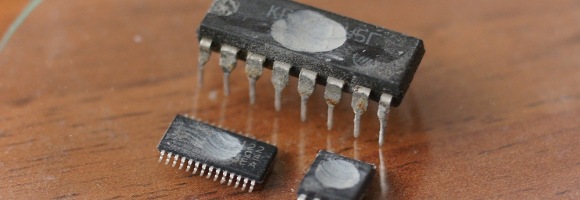

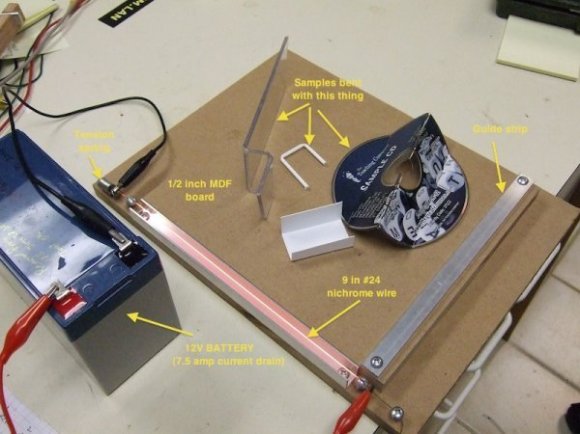


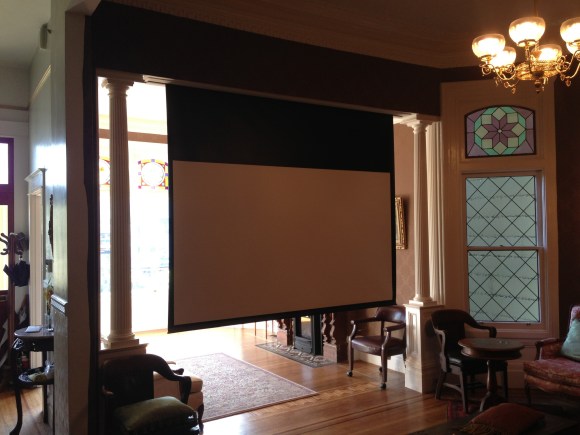 We understand where [John Clarke Mills] is coming from when he says he wants a home theater but not at the expense of dedicating a room to it. His situation is a bit more sticky than most folks in that he has a beautifully kept Victorian era home. Recently he was removing a renovation from ages past that didn’t fit with the style and it gave him the opportunity to
We understand where [John Clarke Mills] is coming from when he says he wants a home theater but not at the expense of dedicating a room to it. His situation is a bit more sticky than most folks in that he has a beautifully kept Victorian era home. Recently he was removing a renovation from ages past that didn’t fit with the style and it gave him the opportunity to 









